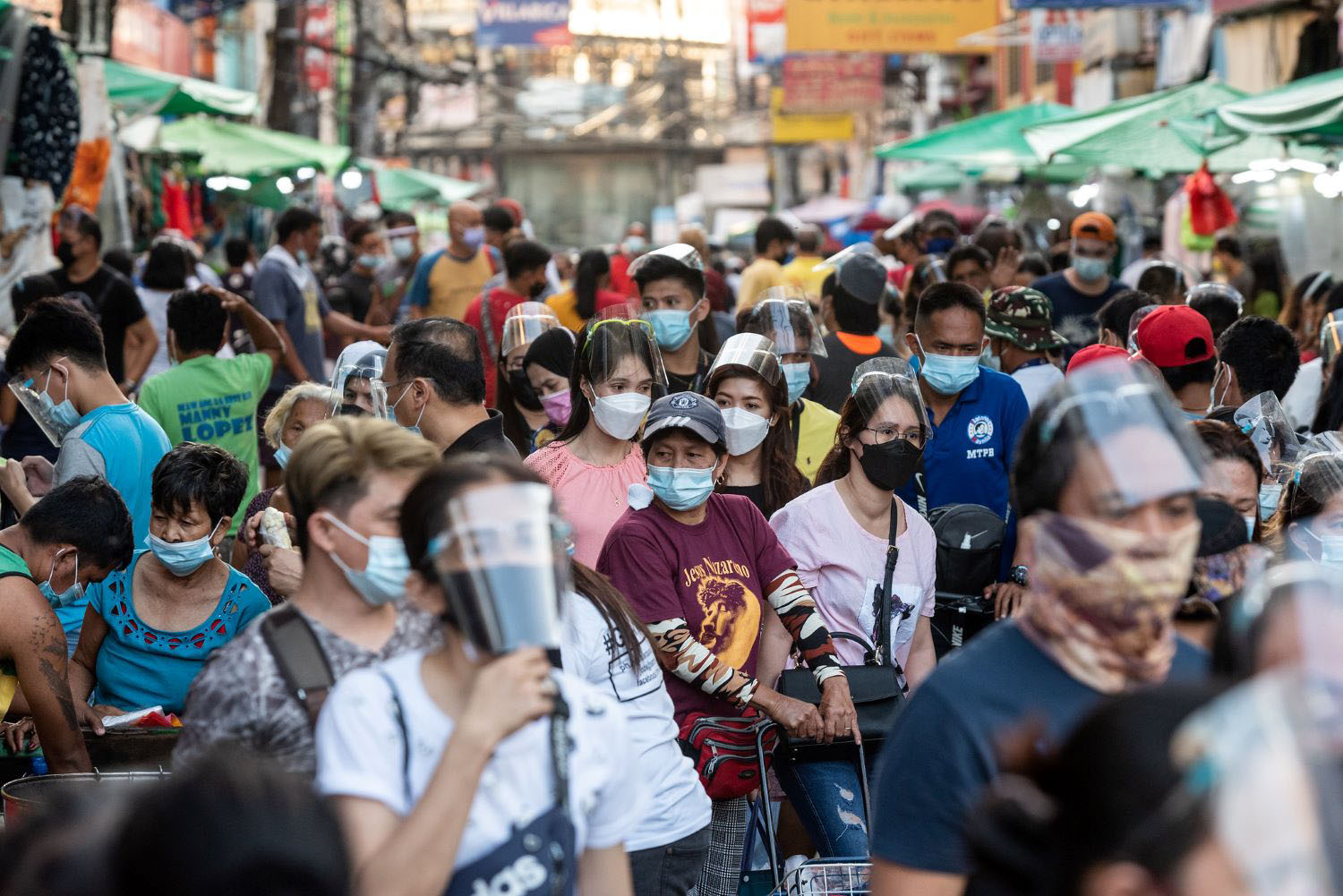Managing pandemics is not just about halting the spread of disease—it's about striking a careful balance between preserving public health and minimizing disruptions to daily life and well-being. Crafting effective policies in such situations requires a deep understanding of various factors, including how the disease spreads, human vulnerabilities to ill-health and socioeconomic hardship, and the impacts of our collective response.
With severe pressures of time and resources, policymaking is no easy feat. Policymakers are faced with a plethora of measures to choose from, but they must decide not only which ones to implement, but also their level of stringency, where, when, and for how long. Navigating through uncertainties only adds to the complexity of the task: each alternative response strategy comes with its own costs and potential unintended consequences, which must be carefully weighed against their anticipated benefits.
Recognizing the pivotal role of evidence-informed decision-making, policy responses to pandemics must not only be swift but also based on good communication, inclusivity, and transparency. These characteristics are necessary for decisions to be understood, widely accepted, and trusted by the public, thus optimizing policy impact.
To address these challenges, the World Health Organization (WHO), the Organisation for Economic Co-operation and Development (OECD), and the World Bank have come together to champion the value of integrated modeling. As emphasized in a newly published report, integrating epidemiologic and economic systems in a shared analytical framework offers a way to explicitly consider key trade-offs inherent to policymaking: weighting the benefits and costs of policy options and their distribution whilst accounting for the intertwined dynamics of health and the economy.
What is integrated modeling?
But what exactly is integrated modeling? Like mathematical modelling, it involves creating a simplified version of reality. For infectious diseases that significantly impact health and also the way we live, integrated modelling brings together epidemiological, economic, and behavioral factors. This approach provides a holistic understanding of the systems at play. Unlike single discipline focused models, integrated modeling considers the interconnectedness of these factors, offering policymakers a more comprehensive and nuanced assessment of the potential policy impacts of alternative response strategies.
Drawing on real-world experiences in producing and using integrated modelling during the COVID-19 pandemic, the first two sections of the interagency report emphasize the significance of integrated modeling in enhancing pandemic preparedness and response, extending its value to shape policymaking processes before, during, and after pandemics.
Promise and perils of integrated modeling
Despite its promise, the production and use of integrated modeling for policy faces significant challenges. From data limitations to methodological complexities, there are hurdles to harnessing its full potential. Importantly, integrated modelling requires significant changes in the way we work together, both across disciplines and across sectors. It also requires an iterative process of building, refining, and using models, grounded on sustained engagements between policymakers and modelers. Section 3 of the WHO-OECD-World Bank report delves into these challenges, emphasizing the need for investment in institutional frameworks, networks, and expertise to effectively produce and use integrated modeling in policymaking.
Ultimately, while models can provide valuable insights, they cannot replace human judgment. It is incumbent upon policymakers, supported by technical experts and the international community, to establish clear structures and processes for integrating modeling into decision-making. By fostering collaboration and learning from each other's experiences, we can better prepare for the uncertainties ahead, paving the way for evidence-informed, inclusive, and transparent policymaking.
With thanks to Amanda Glassman.
CGD blog posts reflect the views of the authors, drawing on prior research and experience in their areas of expertise.
CGD is a nonpartisan, independent organization and does not take institutional positions.






